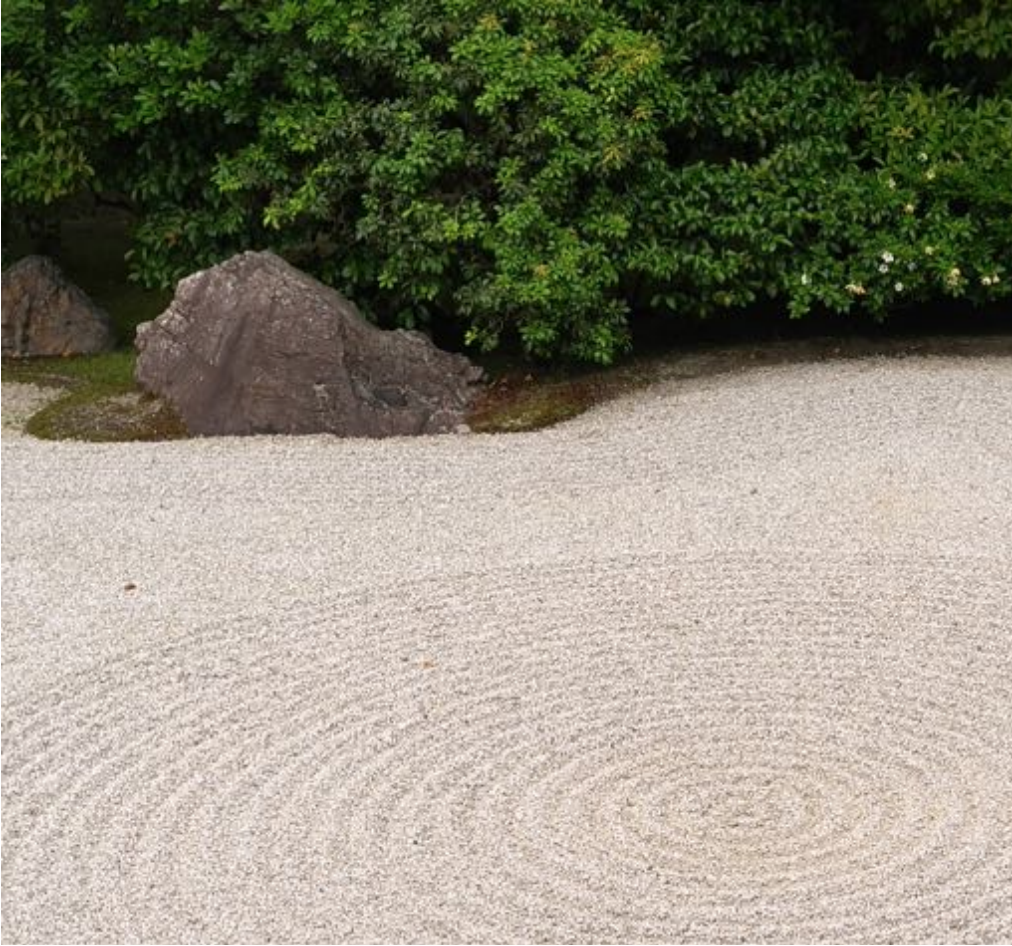The Origin of Dry Landscape Garden and the Relationship with Architecture and Painting
DOI:
https://doi.org/10.69598/sbjfa246763Keywords:
Dry Landscape garden, Natural Garden, Ink Painting, Hojo Building, ZenAbstract
(This article aims to explore the origin of natural garden and dry landscape garden in Zen buddhist temples in Japan. The philosophical and practical ways of Zen were used as methodologies to analyse the ideal of nature and how to imitate nature in its form and essence that became the architecture, landscape painting and garden. The result is that garden and painting are imitations of ideal world according to Zen thoughts. At first, gardens were created by natural elements such as waterfall, ponds, trees and rocks. Most of temples with this gardens situated in or near natural environment such as at hills or in the forests. Temples in the city, on the contrary, with limited land area needed a new design strategy. Started with the ceremony of becoming a new abbot of each temple, the south-side area of the hojo (abbot) building will be prepared by spreading white gravels all over. This process signifies cleanliness of both area and heart of every monks as well. White gravels spreading with its beauty became dry landscape garden later on. This kind of garden represented one of Zen aesthetic which is the beauty from open space or area. This aesthetic is called yohaku in Japanese language. Zen priest also sits and meditate at the verandah connected to dry landscape garden. The garden thus signifies Kouan, the riddle used in training the zen way. And by comparing garden and ink landscape painting’s ideology and composition, the result is that both arts were structured through the concept of “deep mountain, complex valley”.
Downloads

Downloads
Published
How to Cite
Issue
Section
License
The journal's editorial team does not have to agree with the views and comments in the author's article, nor are they responsible for the comments.











